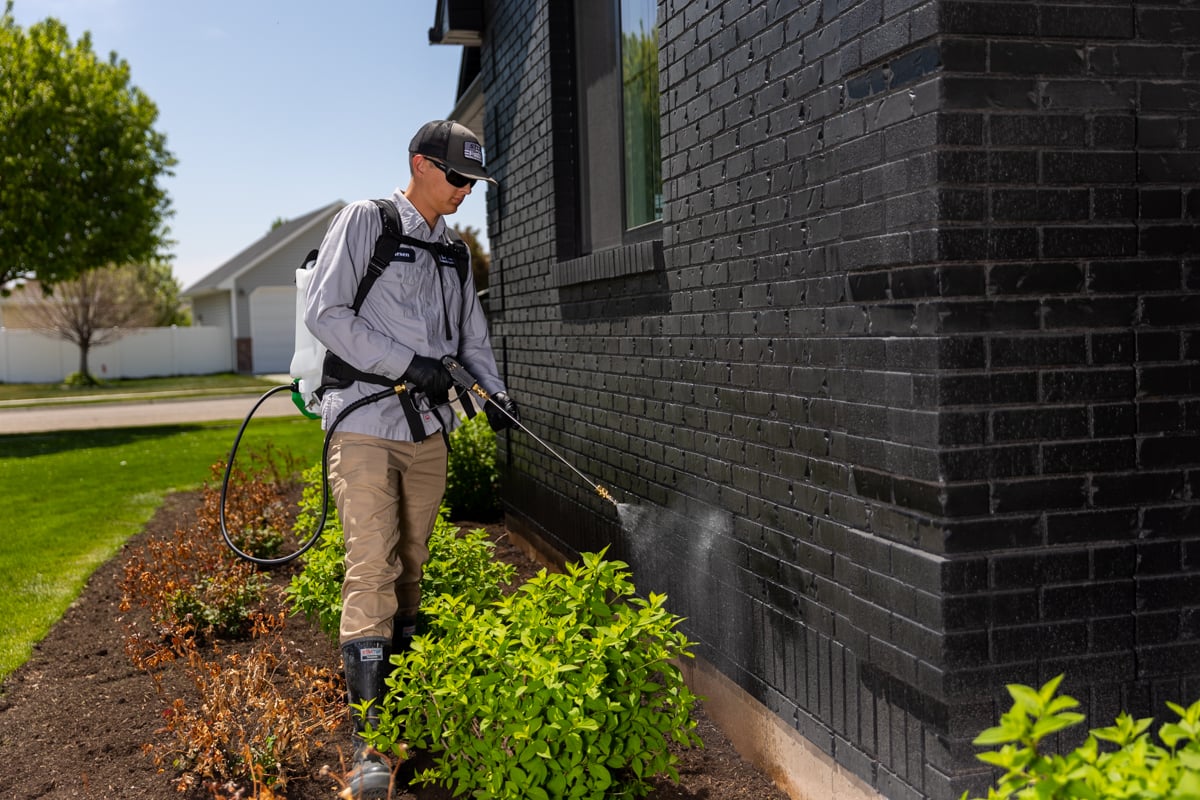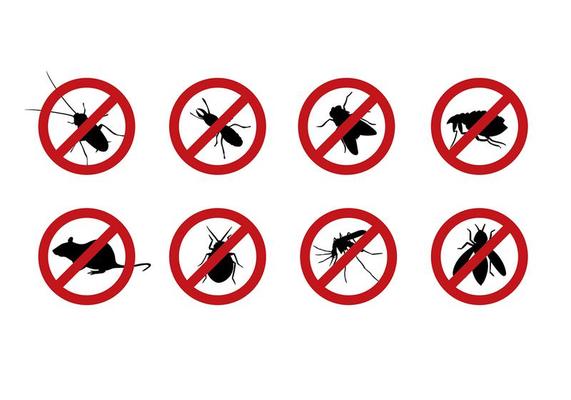Bed Pest Therapy Failure: Contrasting Chemical Vs. Non-Chemical Solutions
In the world of pest control, especially when taking care of the persistent concern of bed insects, the selection in between chemical and non-chemical therapy options can be an essential one. Both approaches use distinctive benefits and drawbacks, influencing elements such as efficiency, safety factors to consider, and total cost. By analyzing the nuanced information of each technique, a more clear understanding of which course to go after in dealing with a bed insect problem can be obtained.
Efficiency of Chemical Treatments
Chemical therapies for bed pest problems have actually been commonly recognized for their potent and fast efficacy in eliminating these parasites. When taking into consideration the efficiency of chemical therapies, it is critical to understand that they can provide a quick and thorough service to a bed pest issue. Expert pest control operators frequently depend on insecticides to target bed bugs at various stages of their life cycle, consisting of eggs, grownups, and fairies. These chemicals commonly function by interrupting the bed insects' anxious system, leading to paralysis and eventual death.
Additionally, chemical treatments have the benefit of providing recurring results, suggesting that they can proceed to eliminate bed insects also after the first application. This residual activity is particularly beneficial in combating any type of possible re-infestations. In addition, the rapid activity of chemical treatments can bring alleviation to individuals facing severe bed bug invasions, permitting them to restore control of their home quickly.
Safety Interest In Chemical Solutions
One crucial aspect that requires mindful consideration when using chemical options for bed bug treatment is guaranteeing the security of passengers and the environment. Exposure to certain chemicals utilized in bed insect therapies can lead to respiratory concerns, skin irritability, or other damaging reactions, specifically in individuals with pre-existing problems or sensitivities.
In addition, the environmental effect of chemical services is an additional significant consideration. Some chemicals utilized in bed insect treatments might be unsafe to advantageous pests, wild animals, and environments if they leach into the dirt or water supply. It is vital to use chemical treatments deliberately, complying with safety and security guidelines, and considering much less toxic choices to reduce these threats and make sure the efficient and secure management of bed insect problems.
Benefits of Non-Chemical Methods
Taking into consideration the possible safety and security worries and ecological effect associated with chemical services for bed pest treatment, checking out non-chemical approaches presents an appealing choice with several distinct benefits. Non-chemical treatments are environmentally pleasant, as they do not contribute to air or water contamination, making them a sustainable choice for pest control.
Additionally, non-chemical solutions can be reliable in targeting bed pests, including hard-to-reach locations where chemical therapies may not penetrate. Methods such as warm treatment, vacuuming, vapor cleaning, and bed mattress coverings offer comprehensive removal without the use of dangerous chemicals. Moreover, non-chemical strategies can be much less turbulent, requiring minimal preparation and permitting quicker reentry right into dealt with locations. In general, choosing for non-chemical bed insect therapy techniques not just prioritizes safety and security and environmental management however likewise makes sure effective and thorough parasite control.
Limitations of Non-Chemical Treatments

Additionally, non-chemical treatments frequently need multiple applications to accomplish successful elimination. This can be taxing and might not constantly ensure complete removal of all bed insects and their eggs, specifically in hard-to-reach or covert areas.
In addition, the success of non-chemical treatments heavily relies upon appropriate execution and thoroughness, which can be testing for individuals without expert competence. Inadequate application of non-chemical approaches may lead to insufficient eradication, bring about consistent infestations and the need for additional treatments.
Therefore, while non-chemical treatments have their benefits, it is vital to recognize these constraints and consider them when identifying one of the most efficient approach for taking care More hints of bed bug problems.
Price Contrast: Chemical Vs. Non-Chemical Options
Offered the restrictions linked with non-chemical treatments, an important element to examine in the context of bed insect administration is the cost comparison in between chemical and non-chemical choices. Chemical treatments normally include the application of pesticides by specialists, which can vary from $250 to $900 per space, depending on the intensity of the infestation and the size of the location to be treated. On the other hand, non-chemical therapies like warm treatment or heavy steam can be more expensive, with prices varying from $1,000 to $6,000 for a whole home. While the initial price of chemical therapies may seem lower, numerous treatments might be required to fully eliminate the problem, potentially raising the general cost. On the other hand, non-chemical alternatives may give a much more environment-friendly and lasting remedy, although they can be cost-prohibitive for some people. Ultimately, when taking into consideration the price of bed pest treatment choices, it is necessary to consider the in advance expenditures against the efficiency and long-lasting sustainability of the chosen technique.
Final Thought

Considering the prospective safety concerns and environmental influence linked with chemical services for bed insect treatment, exploring non-chemical approaches presents an appealing option with numerous unique benefits.Given the restrictions associated with non-chemical therapies, a crucial facet to review in the context of bed bug management is the price contrast in more info here between chemical and non-chemical choices. In comparison, non-chemical therapies like heat therapy or heavy steam can be a lot more pricey, with expenses varying from $1,000 to $6,000 for a whole home. While the preliminary cost of chemical therapies might appear reduced, numerous treatments may be required to completely get rid of the infestation, potentially boosting the total expense.In conclusion, when contrasting chemical and non-chemical bed pest treatment alternatives, it is crucial to consider effectiveness, security, benefits, limitations, and price.
Comments on “Specialist A1 Charlotte Bed Bug Exterminator - Quality Solution Guaranteed”